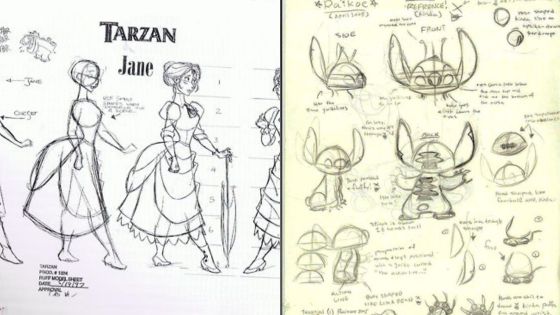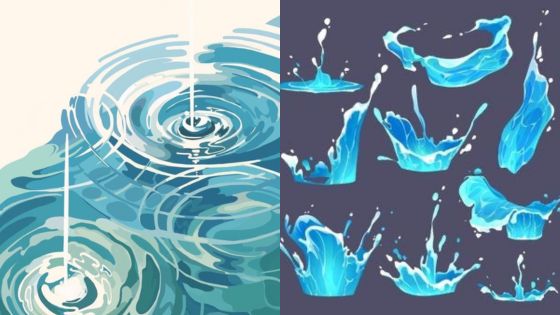Ever felt that undeniable pull towards the captivating world of anime art? Maybe you’ve scrolled through countless stunning illustrations online, each one oozing a unique vibe that just speaks to you. You see characters with flowing hair under soft twilight, intricate outfits telling a story, or serene landscapes that make you wish you could step right into them. That’s the magic of aesthetic anime drawing ideas – they tap into a blend of visual beauty, emotional resonance, and distinct style that makes the art truly unforgettable.
It’s more than just drawing a character; it’s about crafting an entire mood, a feeling, a moment that resonates deep within. Whether you’re a seasoned artist looking for fresh inspiration or a beginner eager to dive into this vibrant realm, exploring different aesthetic concepts can unlock new levels of creativity and personal expression. This guide isn’t just a list; it’s a journey into understanding what makes anime art truly “aesthetic” and how you can infuse that magic into your own work. Get ready to unleash your inner artist and transform your drawing ideas into breathtaking visual stories.
Understanding Aesthetic in Anime Art
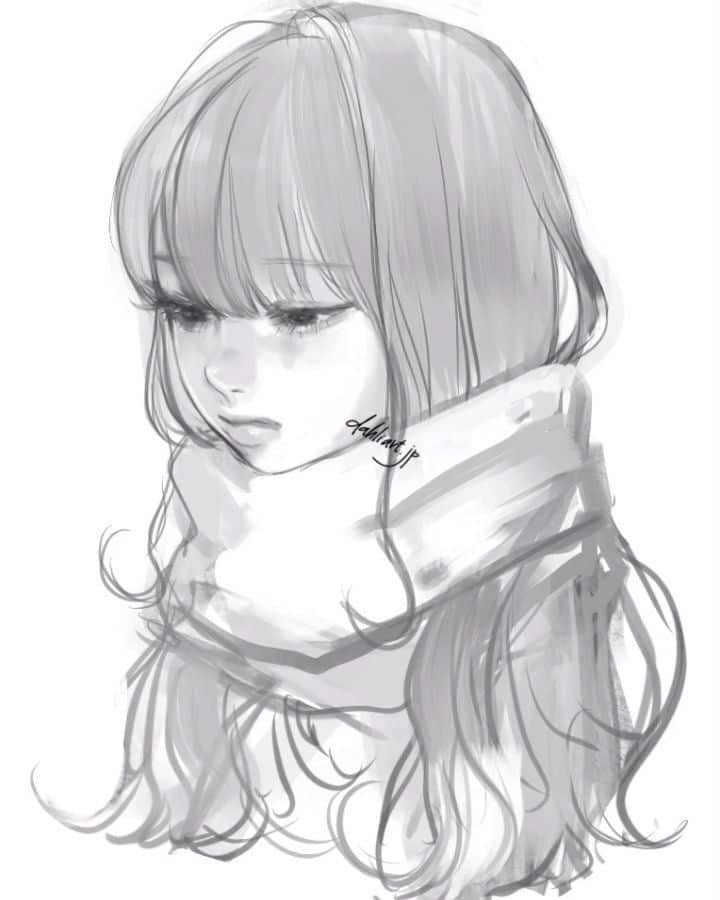
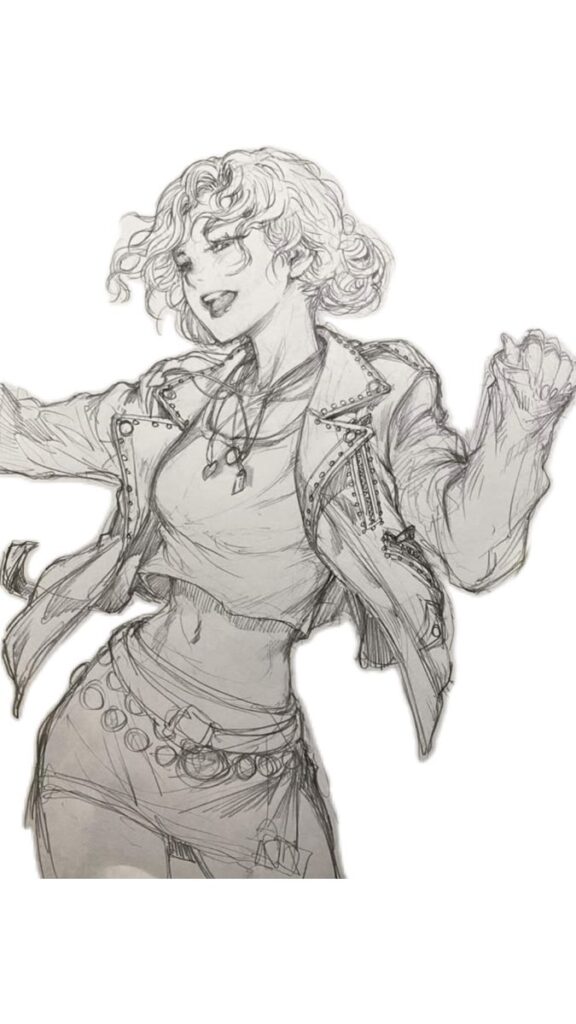
So, what exactly do we mean by “aesthetic” when it comes to anime drawing? It’s not just about drawing something pretty. It’s about creating an atmosphere, a specific mood, or a visual theme that ties all elements of your artwork together into a cohesive and impactful whole. Think of it as the soul of your drawing, dictating everything from color choices to character expressions and background details.
An aesthetic piece of anime art often evokes a particular feeling: nostalgia, tranquility, excitement, mystery, or even a sense of whimsical fantasy. It’s about visual harmony – how colors, lines, and compositions work together to tell a silent story. Some common aesthetic styles you might recognize include the dreamy pastels of “cottagecore,” the dark, thoughtful tones of “dark academia,” or the neon-drenched futuristic landscapes of “cyberpunk.” Each of these comes with its own set of visual cues and emotional undertones.
The elements contributing to aesthetic appeal are diverse. Color palettes play a massive role; soft, desaturated tones might suggest melancholy or peace, while vibrant, high-contrast colors could imply energy or drama. Lighting is another key player – dappled sunlight through trees, a single glowing lantern in the dark, or the harsh glow of city lights can profoundly alter the mood. Character design often leans into softer features, large expressive eyes, and dynamic hair to convey emotion and charm. Even the smallest background details contribute, creating a rich, immersive world around your subject. When all these elements align, they don’t just create an image; they create an experience.
Getting Started: Essential Tools and Mindset
Before we dive into specific drawing ideas, let’s quickly talk about what you need and how to approach your artistic journey.
First, the tools. You don’t need the most expensive gear to start. Many incredible artists began with very simple setups.
For Traditional Art:
- Pencils: A good set of graphite pencils (HB, 2B, 4B, 6B) will cover sketching, shading, and darker lines.
- Paper: Smooth drawing paper is ideal. If you plan to use inks or markers, consider paper specifically designed for those mediums to prevent bleeding.
- Erasers: A kneaded eraser and a plastic eraser for different needs.
- Inking Pens: Fine-liner pens (like Micron pens) in various sizes are excellent for outlines.
- Coloring Tools: Colored pencils, markers (Copic markers are popular but pricey; brush pens offer a good alternative), or watercolors can bring your drawings to life.
For Digital Art:
- Drawing Tablet: A Wacom Intuos or a Huion tablet is a great starting point. More advanced artists might opt for screen tablets like a Wacom Cintiq or an iPad Pro with an Apple Pencil.
- Software: Clip Studio Paint, Procreate (for iPad), Krita (free), or even Adobe Photoshop are popular choices. Each offers a vast array of brushes and tools.
No matter your tools, the right mindset is crucial.
- Patience is Key: Art is a skill developed over time. Don’t get discouraged by early attempts.
- Practice Regularly: Consistency beats intensity. Short, frequent drawing sessions are more beneficial than rare, long ones. Even working on easy anime drawings regularly can significantly boost your skills.
- Observe the World: Pay attention to how light falls, how clothes wrinkle, how people express emotions. Real-world observation is invaluable.
- Use References: It’s not cheating to use references! Photos, other artists’ work (for inspiration, not copying), and even 3D models can help you understand anatomy, poses, and compositions.
- Experiment: Don’t be afraid to try new styles, colors, or techniques. That’s how you discover what you love and what works for you.

Character-Centric Aesthetic Anime Drawing Ideas
Characters are often the heart of anime art. Their design, expression, and interaction with their environment define the aesthetic.
Expressive Portraits
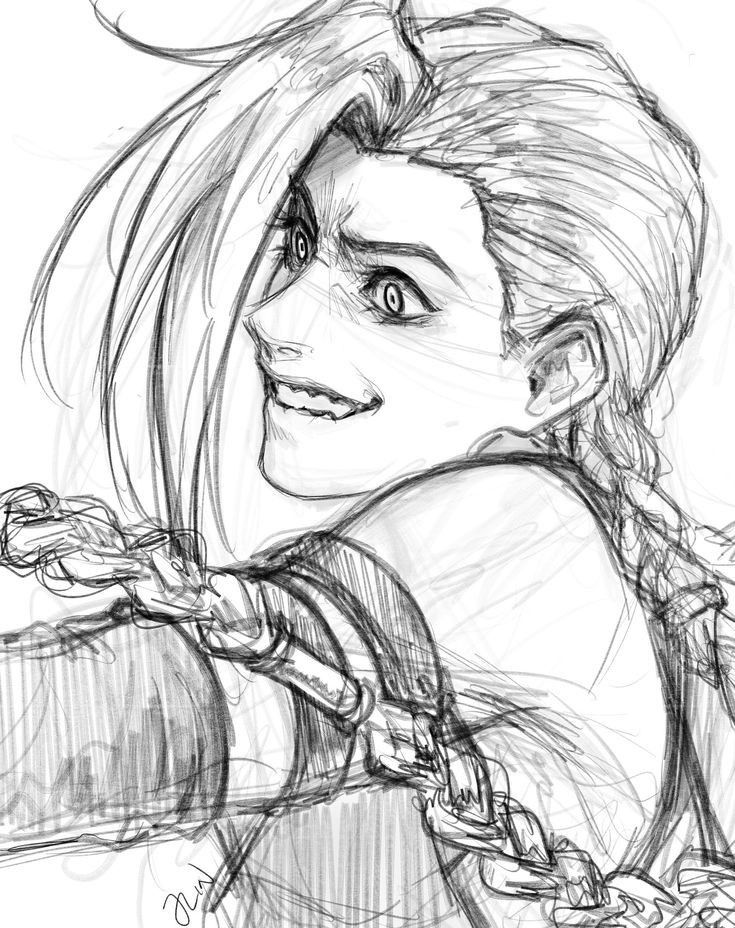

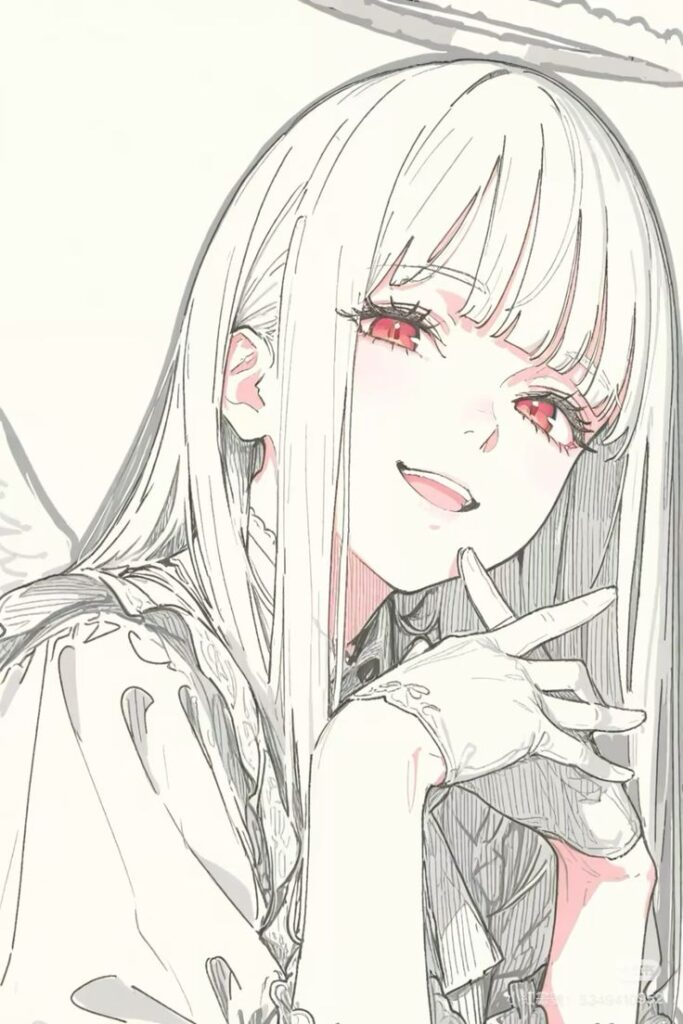
A well-drawn portrait can convey a world of emotion. Focus on the face, especially the eyes, which are often the windows to the soul in anime.
- Serene Gaze: A character with soft, slightly parted lips and tranquil eyes, perhaps looking off into the distance. Use gentle shading and highlight the pupils to give depth.
- Thoughtful Expression: A subtle furrow in the brow, a hand lightly touching the chin, eyes narrowed slightly in contemplation.
- Playful Smirk: One corner of the mouth lifted, a mischievous glint in the eye. Exaggerate the eye shape slightly to enhance the emotion.
- Wind-Swept Hair: A character’s face framed by dynamic, flowing hair, suggesting movement and an outdoor setting.
Dynamic Poses & Movement
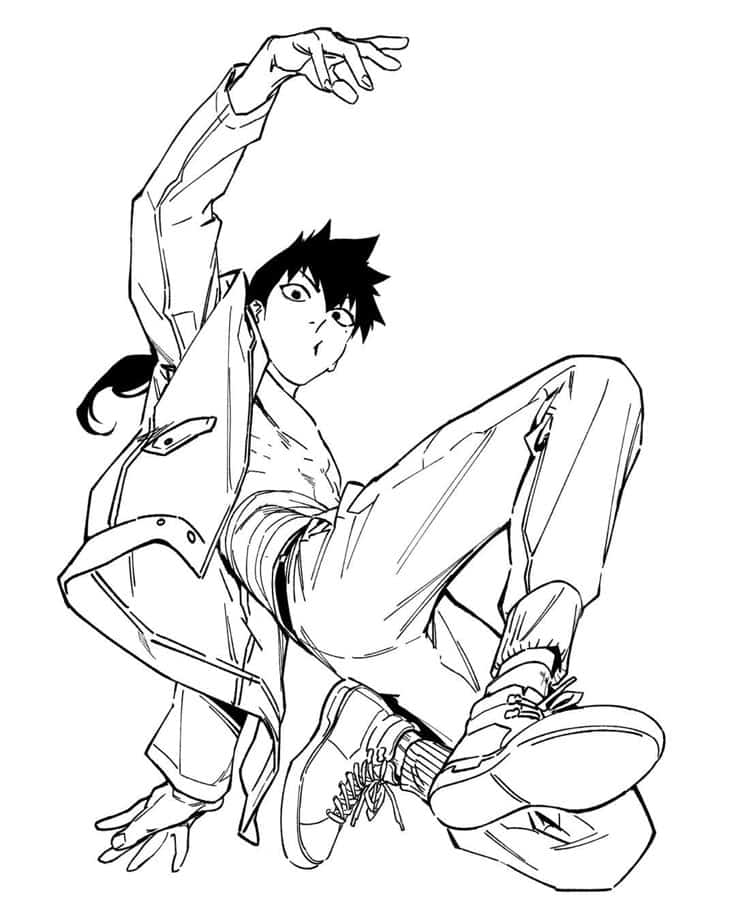
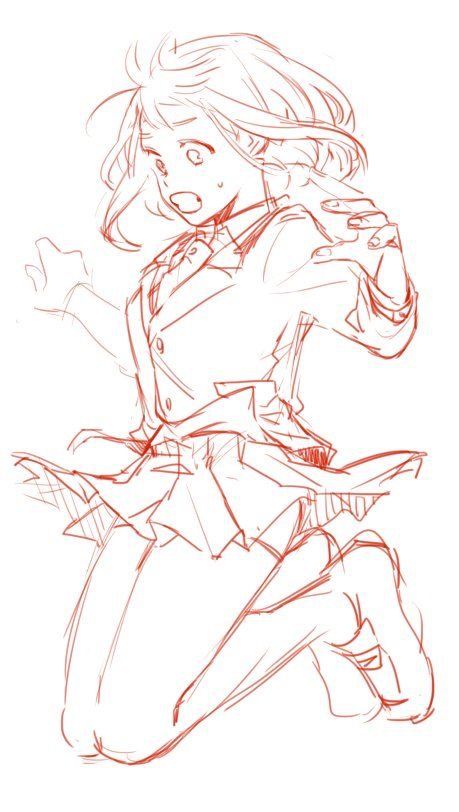
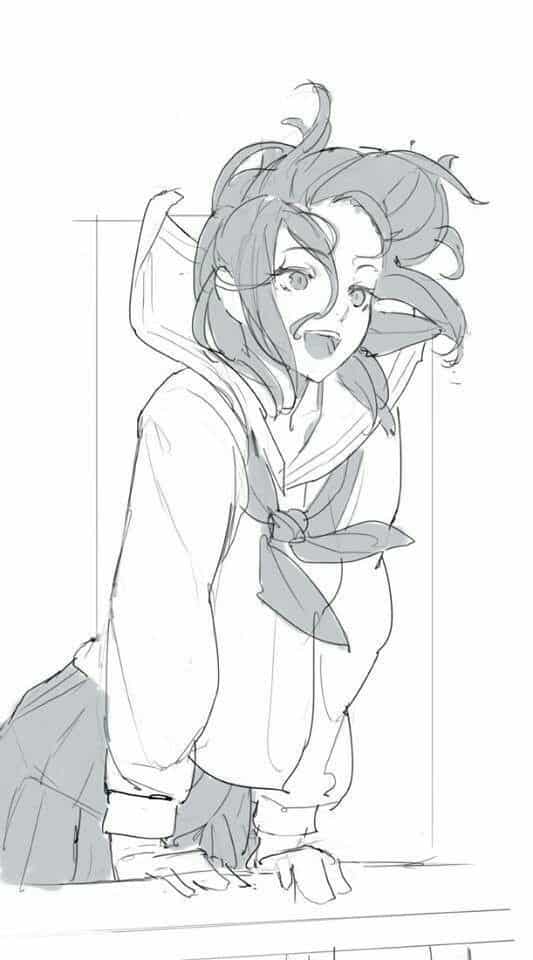
Static poses can be boring. Inject energy and life into your characters by exploring dynamic poses.
- Running or Jumping: Capture the blur of motion, the outstretched limbs, and the trailing fabric. Think about flow and line of action.
- Dancing: Graceful, energetic, or whimsical dance poses can be incredibly expressive. Consider different dance styles for inspiration.
- Mid-Action: A character caught in the middle of a magical spell cast, a sword swing, or a dramatic leap. This requires a good understanding of human anatomy for artists to make it believable.
- Floating or Flying: Characters suspended in air, perhaps with flowing robes or hair, conveying a sense of weightlessness and wonder.
Fashion & Outfit Aesthetics
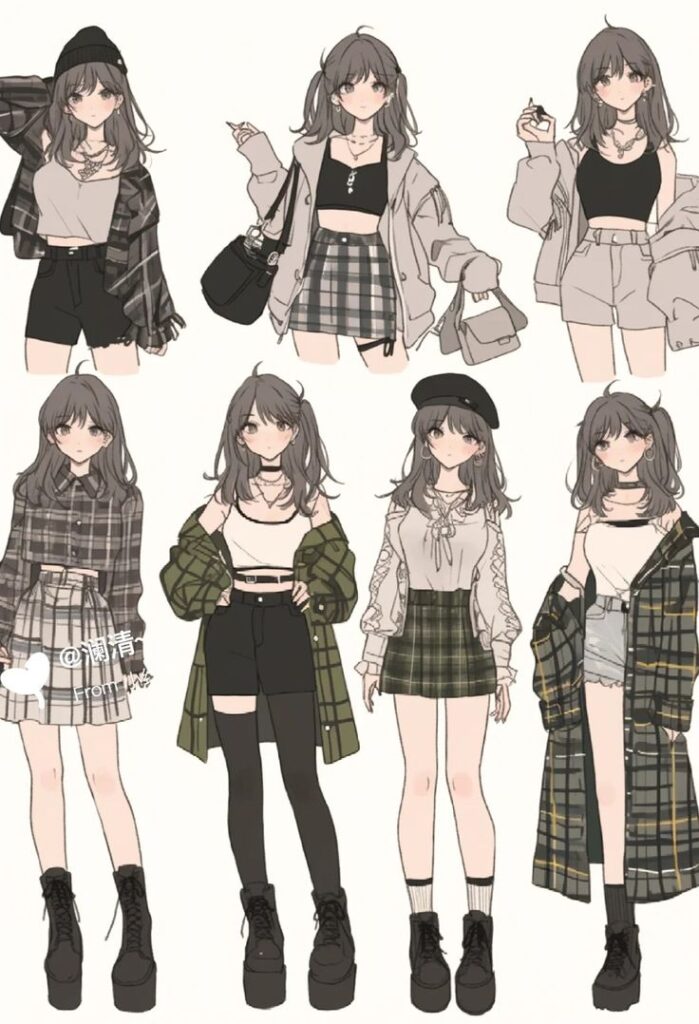

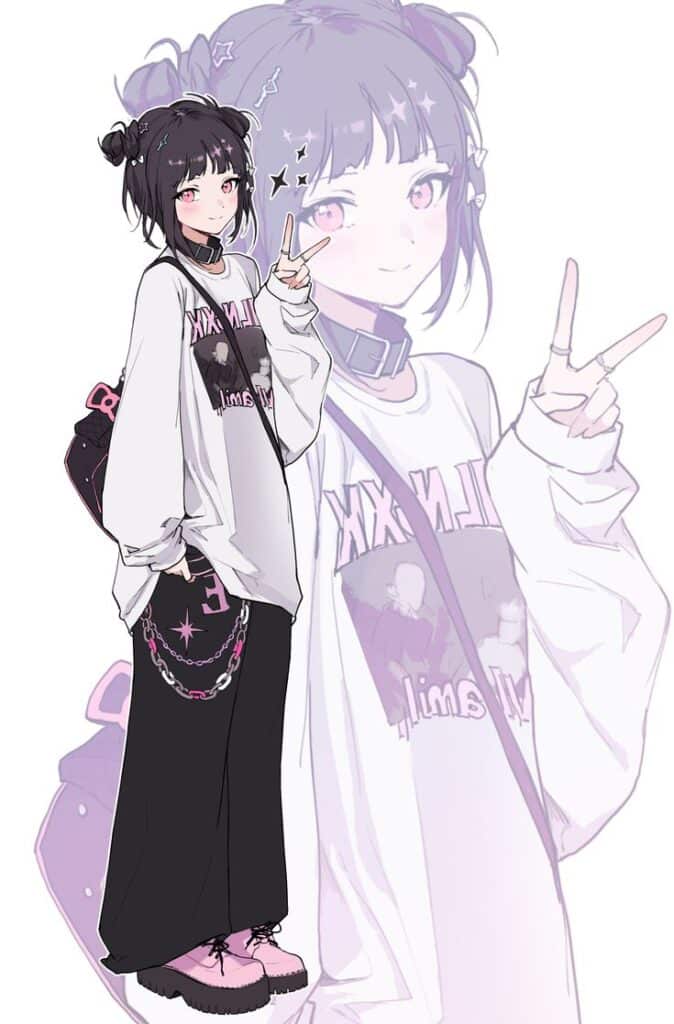
Clothing isn’t just something a character wears; it’s an extension of their personality and the world they inhabit.
- Modern Streetwear: Oversized hoodies, cool sneakers, intricate patterns, and accessories like beanies or headphones.
- Fantasy Attire: Elaborate robes, intricate armor, elven cloaks, or steampunk-inspired gadgets. Pay attention to fabric texture and folds.
- Vintage Fashion: Victorian dresses, 90s grunge, or elegant 1920s flapper outfits. Research historical fashion for authentic details.
- Nature-Inspired Outfits: Clothes adorned with leaves, flowers, or animal motifs, blending the character with their environment.
Character with Pets/Companions
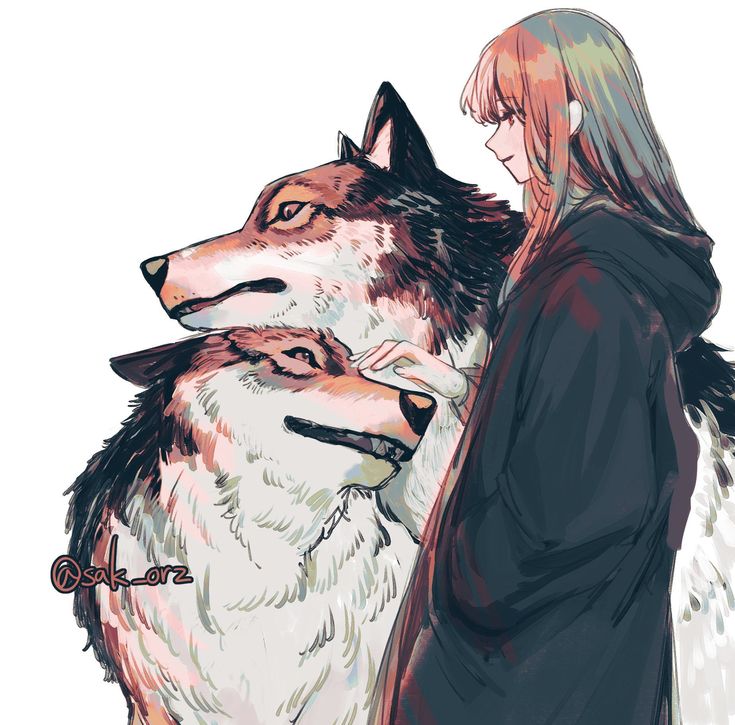
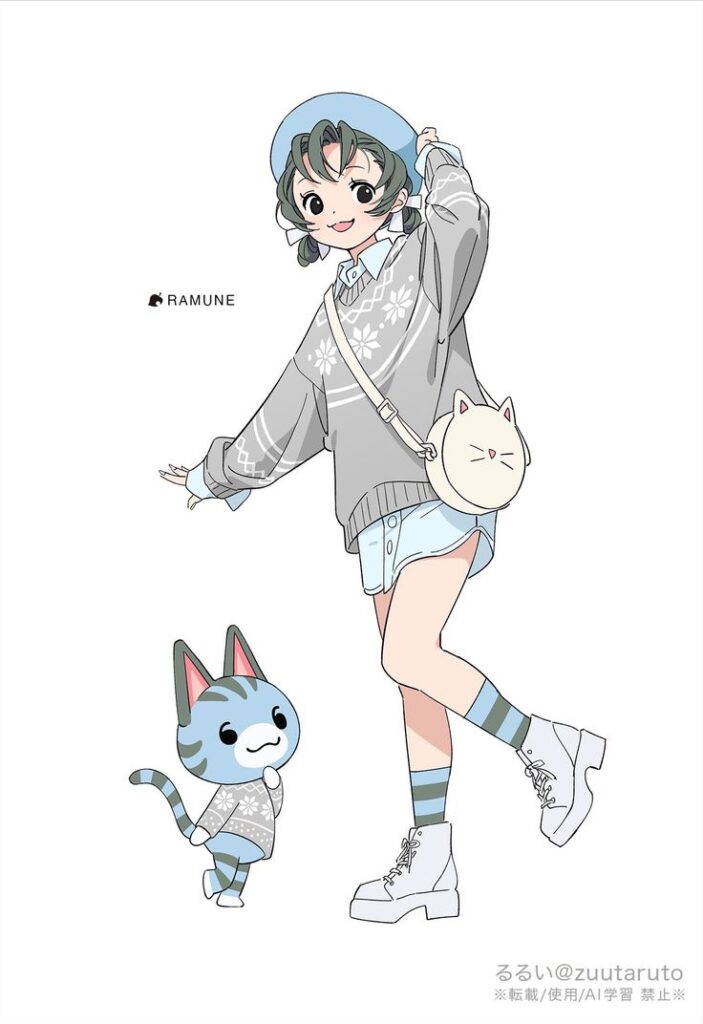
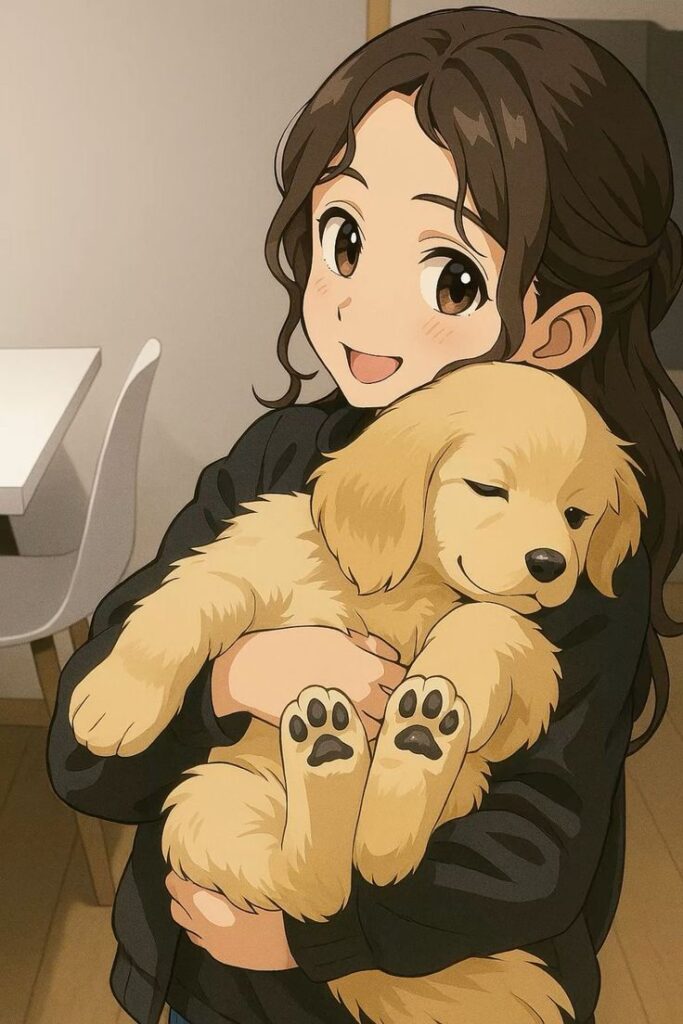
Adding an animal companion can instantly elevate the cuteness factor and create heartwarming interactions.
- Reading with a Cat: A cozy scene where a character is engrossed in a book, with a cat curled up on their lap or shoulder.
- Walking a Dog in the Park: Capturing the joyful energy of a dog and its owner enjoying a stroll.
- Character and a Mythical Creature: A fantasy character bonding with a dragon hatchling, a forest spirit, or a tiny fairy.
Character & Props
Props can tell a story, reveal personality, or add visual interest.
- Musician with Instrument: A character playing a guitar, flute, or piano, lost in their music.
- Artist with Sketchbook: Someone drawing in their journal, surrounded by art supplies.
- Character with a Warm Drink: Holding a steaming mug of tea or coffee on a chilly day, perhaps looking out a window.
- Witch with Potions/Herbs: A mystical character surrounded by bubbling concoctions and dried herbs, conveying a magical vibe.

Scene & Environment Aesthetic Anime Drawing Ideas
Beyond characters, the setting itself can be the star, creating a powerful aesthetic.
Nature’s Embrace
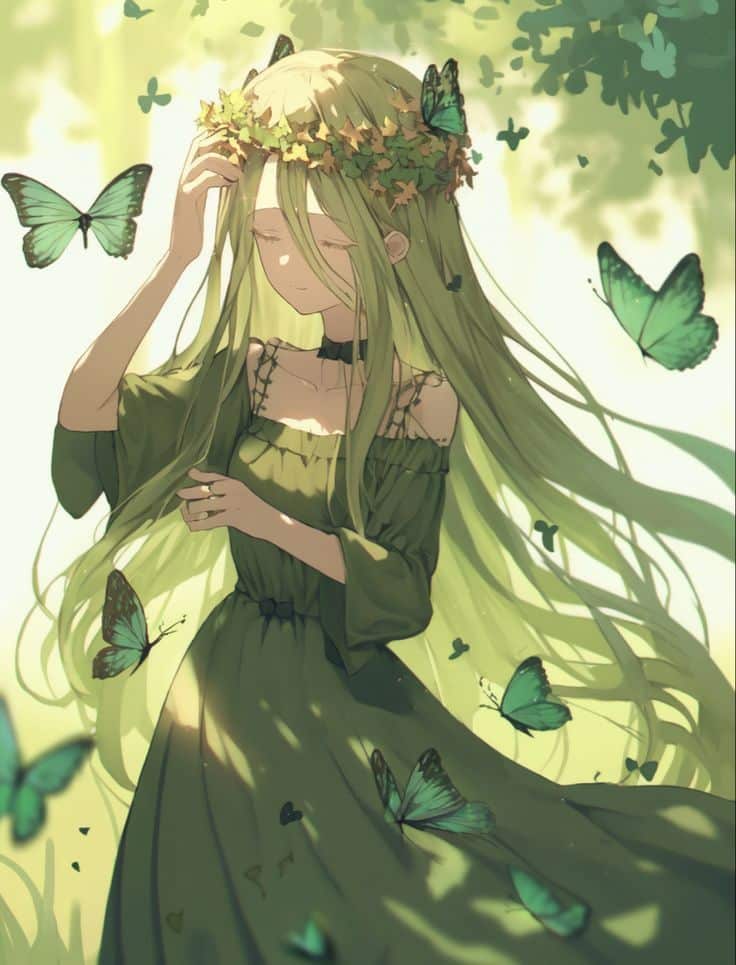
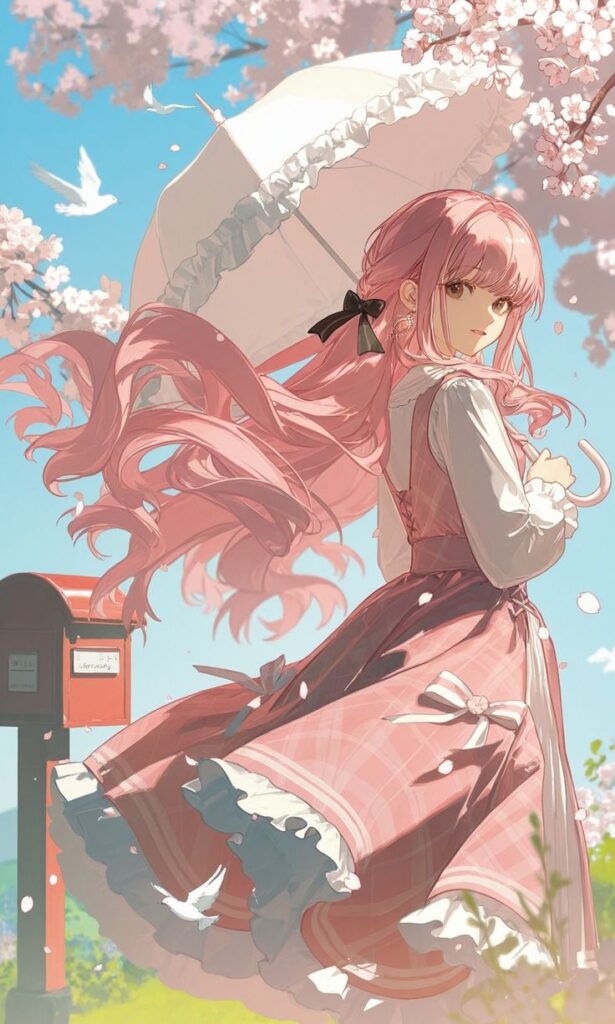

Nature scenes in anime are often breathtaking, brimming with emotional depth.
- Enchanted Forest: Sunlight dappling through ancient trees, glowing mushrooms, hidden pathways. Think about the magic and mystery. Drawing inspiration from forest art concepts can be incredibly helpful here.
- Cherry Blossom Lane: A character walking under a canopy of falling cherry blossoms, evoking feelings of beauty, transience, and romance.
- Rainy Cityscape: Reflections on wet streets, neon lights blurring, an umbrella-wielding character. Creates a melancholic yet beautiful atmosphere.
- Starry Night Sky: A character gazing up at a vast, star-filled sky, perhaps with a distant nebula or aurora. Emphasizes wonder and solitude.
- Ocean Sunset: Silhouettes against a vibrant sky, calm waves, a sense of peace and vastness.
Urban & Architectural Vibes


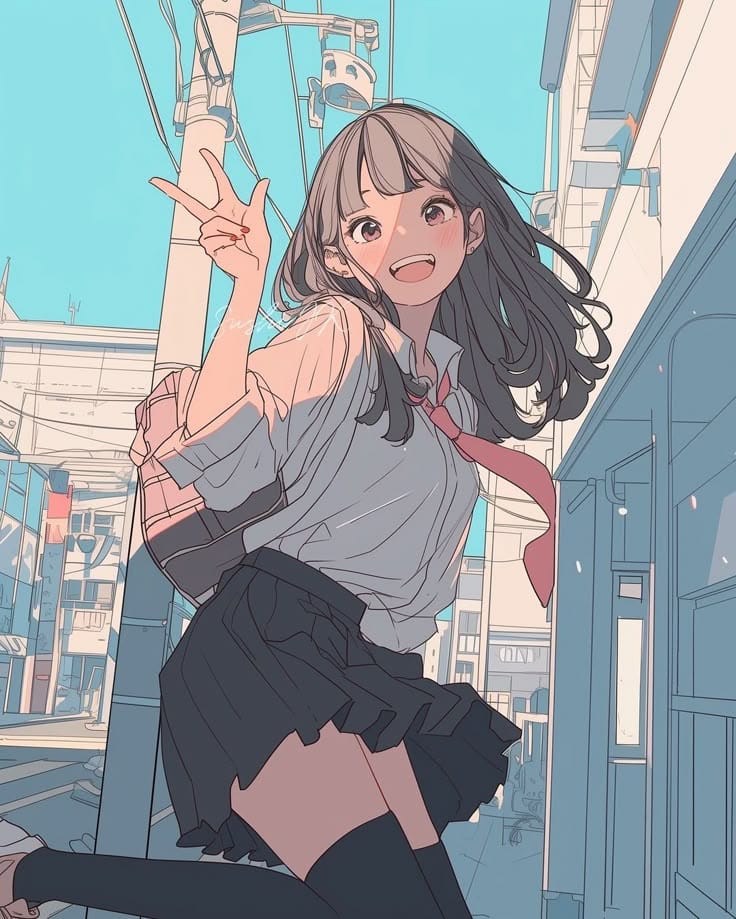
Cities offer a different kind of aesthetic, from bustling to quiet.
- Cozy Cafe Corner: A character sipping coffee by a window, surrounded by warm lighting, bookshelves, and plants. Focus on intricate details like steam from a cup or reflections.
- Bustling Street Market: Vibrant colors, diverse characters, stalls overflowing with goods. This is great for practicing perspective and crowd scenes.
- Futuristic Skylines: Towering buildings, flying vehicles, neon signs, holographic advertisements. Think about a cyberpunk or sci-fi aesthetic.
- Abandoned Alleyway: Overgrown with plants, broken windows, graffiti. Can create a sense of mystery or urban decay.
Fantasy & Sci-Fi Worlds
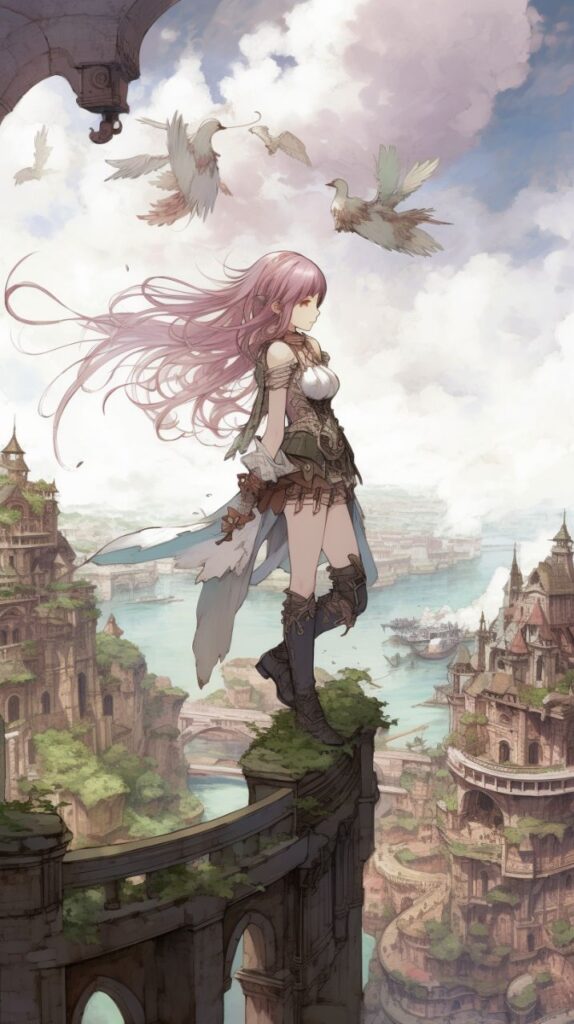
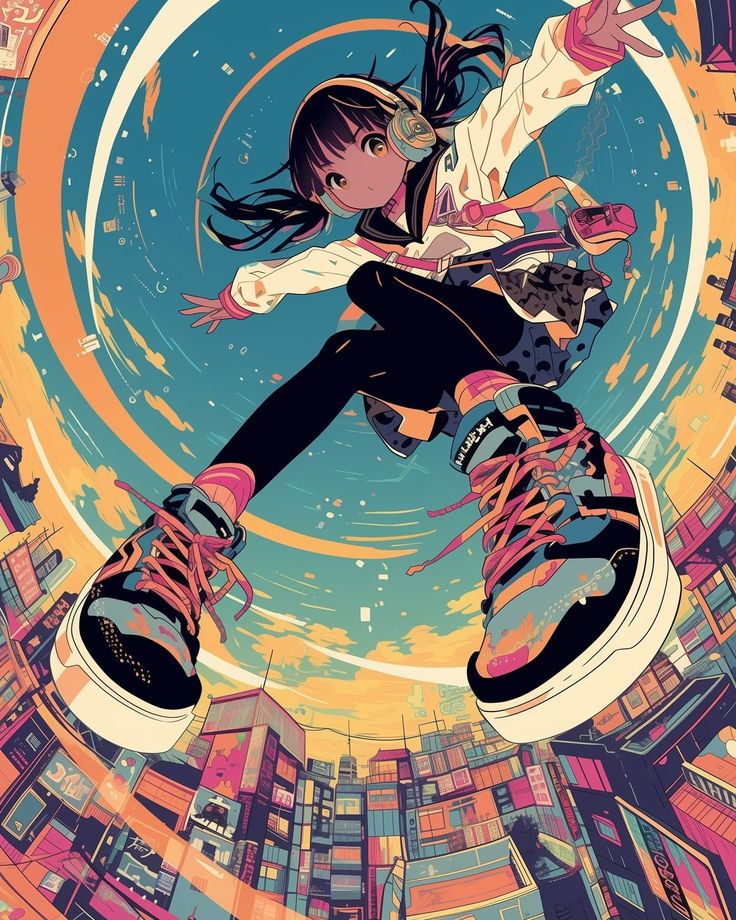
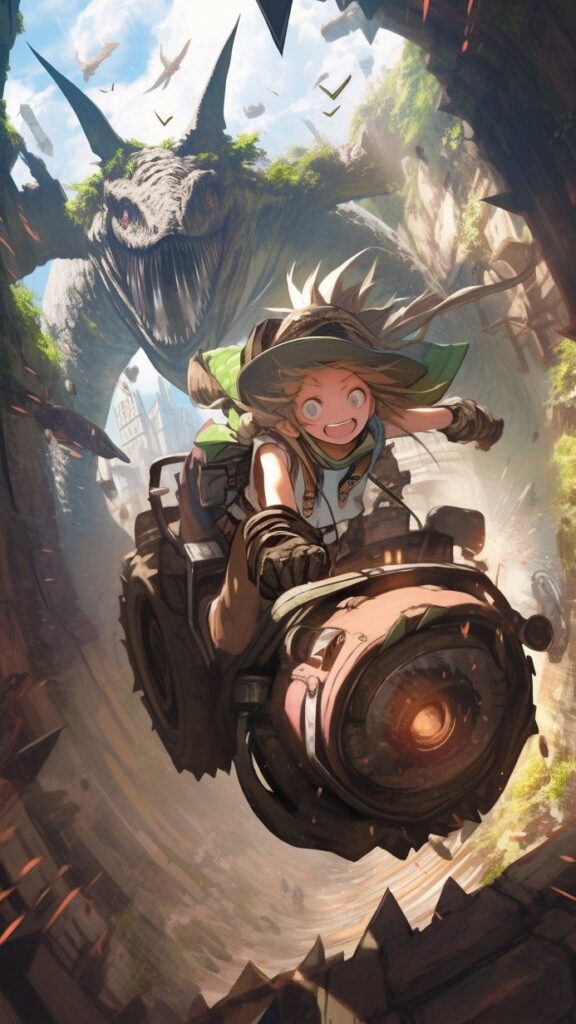
Let your imagination run wild with otherworldly settings.
- Magical Library: Shelves reaching the ceiling, glowing books, floating candles, ancient scrolls.
- Alien Landscape: Strange flora and fauna, unusual rock formations, multiple moons in the sky.
- Steam-Powered City: Gears and cogs, airships, intricate machinery everywhere.
- Underwater City: Bioluminescent creatures, coral buildings, characters in diving suits or with aquatic features.
Interior Aesthetics
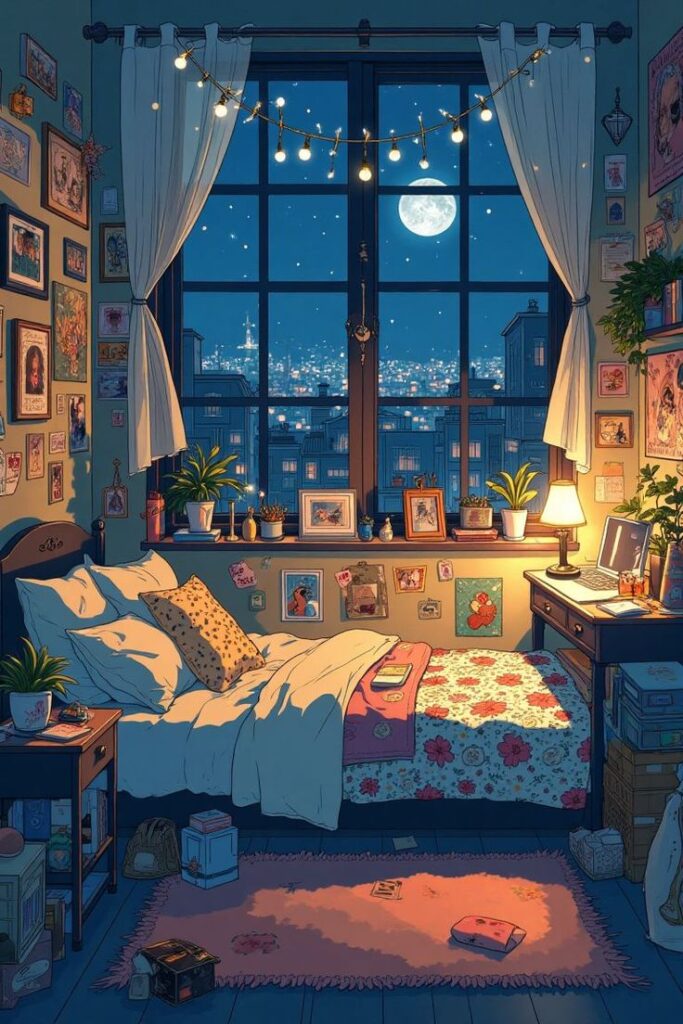


Creating an atmosphere within a room can be incredibly rewarding.
- Dreamy Bedroom: Soft lighting, fairy lights, plush pillows, personal items like art prints or stuffed animals.
- Cluttered Artist Studio: Canvases, paint tubes, brushes, sketches scattered everywhere, showing the artist’s passion.
- Grand Library: High ceilings, towering bookshelves, stained-glass windows, a comfortable armchair.
- Minimalist Apartment: Clean lines, subtle decor, a single striking piece of art, emphasizing tranquility and order.
Mood & Emotion-Driven Aesthetic Anime Drawing Ideas
Sometimes, the aesthetic isn’t about what you draw, but how it makes you feel.
Serene & Calm
These ideas focus on peace, quiet, and gentle moments.
- Reading by a Window: A character engrossed in a book, with soft light filtering through curtains.
- Meditating in a Garden: A peaceful figure surrounded by lush greenery, perhaps with a soft breeze rustling leaves.
- Quiet Reflection: A character sitting alone, perhaps by a body of water, lost in thought. Use muted colors and soft shadows.
Energetic & Joyful
Ideas that burst with happiness and vitality.
- Dancing in the Rain: A character joyfully splashing through puddles, with a wide smile.
- Laughing with Friends: A group of characters caught in a moment of genuine laughter and camaraderie.
- Celebrating a Victory: Dynamic poses, bright colors, perhaps confetti or fireworks in the background.
Mysterious & Brooding
Explore darker, more enigmatic aesthetics.
- Silhouetted Figure: A character standing against a bright moon or a distant light, their features obscured, creating intrigue.
- Shadowy Alley: A character partially hidden in deep shadows, with only a sliver of light illuminating part of their face or eyes.
- Stormy Weather: A character standing against a powerful wind or driving rain, conveying resilience or melancholy. Use dramatic lighting and a cool color palette.
Romantic & Whimsical
Ideas that capture love, dreams, and fantasy.
- Couple Under the Stars: Two characters sharing a tender moment under a vast, star-filled sky. Consider couple portrait drawing techniques to really capture their connection.
- Dream Sequence: Surreal elements, floating objects, distorted perspectives, ethereal lighting.
- First Encounter: Two characters meeting for the first time, with a sense of destiny or magic in the air, perhaps a subtle glow around them.

Practical Tips for Developing Your Aesthetic Anime Style
Now that you’ve got a ton of ideas, how do you actually develop your own aesthetic? It’s a journey of discovery, not a destination.
Observe and Analyze
Don’t just look at art; truly see it.
- Deconstruct Your Favorites: Pick five anime artworks you absolutely love. What elements do they share? Is it the color palette, the line work, the character expressions, or the themes? What emotions do they evoke?
- Study Real Life: Aesthetics are often rooted in reality. Pay attention to how light hits objects, how colors change with the time of day, and how people interact with their surroundings.
Experiment with Color Palettes
Color is a powerhouse for aesthetics.
- Mood Boards: Create digital or physical mood boards with color schemes that inspire you. Pinterest is fantastic for this.
- Limited Palettes: Challenge yourself to create a drawing using only 3-5 colors. This forces you to be deliberate and can lead to a very strong aesthetic.
- Color Theory: Learn the basics of complementary, analogous, and monochromatic color schemes. Understanding these principles will help you choose colors that harmonize.
Master Lighting and Shadow
Light sculpts form and sets the scene.
- Different Light Sources: Practice drawing scenes with various light sources: direct sunlight, moonlight, artificial lamps, candlelight.
- Reflections and Highlights: Pay attention to how light bounces off different surfaces (water, metal, skin) and creates highlights.
- Cast Shadows: Understand how shadows are cast and how they define the shape and depth of objects and characters.
Practice Regularly
Consistency is truly the secret ingredient.
- Daily Sketches: Even 15-30 minutes of sketching each day can make a huge difference. Focus on specific elements like hands, eyes, or clothing folds.
- Draw from Life: Sketching everyday objects, people, or even your pets helps improve observation skills.
- Don’t Be Afraid of “Bad” Drawings: Every drawing, good or bad, is a step in your learning process. Embrace them all.
Don’t Fear Imperfection
Perfectionism can be a creativity killer.
- Embrace the Process: The journey of learning and creating is more important than achieving a flawless result every single time.
- Learn from Mistakes: Every “mistake” is an opportunity to learn what doesn’t work and try something new.
Seek Feedback
A fresh pair of eyes can offer valuable insights.
- Join Art Communities: Online forums, Discord servers, or local art groups can provide a supportive environment for sharing your work and getting constructive criticism.
- Be Open to Suggestions: Not all feedback will resonate, but listen openly and consider different perspectives.
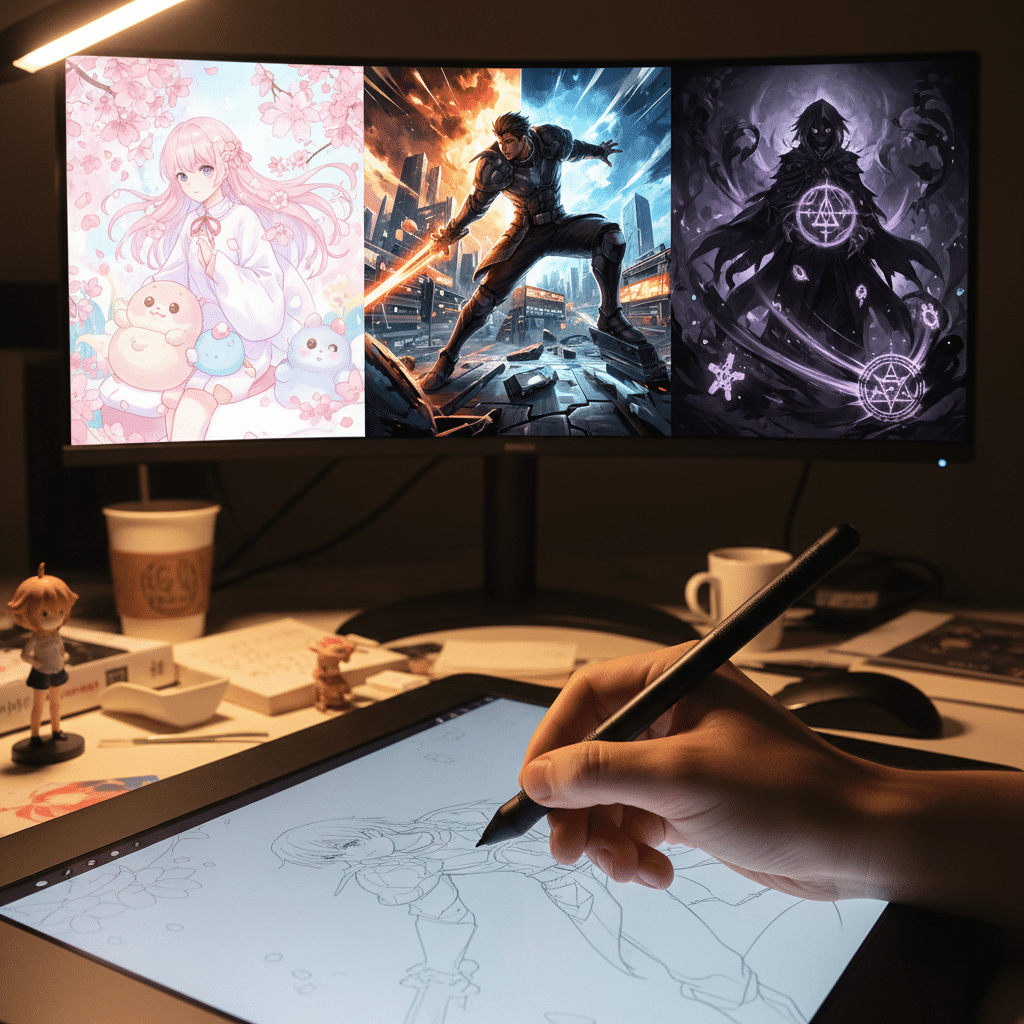
Unleash Your Inner Aesthetician
You’ve now got a treasure trove of aesthetic anime drawing ideas to ignite your imagination. From the subtle nuances of a character’s expression to the sprawling beauty of a fantasy landscape, the world of aesthetic anime art is vast and infinitely inspiring. Remember, the true beauty of art lies in personal expression. Don’t be afraid to mix and match elements, experiment with styles, and let your unique perspective shine through.
The journey of an artist is one of continuous learning, observation, and fearless creation. Every line you draw, every color you choose, contributes to your evolving style and helps you tell your visual story. So, grab your pencils or stylus, pick an idea that truly speaks to your soul, and let your creativity soar. The next breathtaking aesthetic anime masterpiece could very well be yours.
What are some essential tools I need to start drawing anime art, whether traditional or digital?
For traditional art, basic tools include graphite pencils, smooth drawing paper, erasers, fine-liner pens, and coloring tools like pencils, markers, or watercolors. For digital art, a drawing tablet such as a Wacom or Huion, and software like Clip Studio Paint, Procreate, Krita, or Photoshop are recommended. Prioritize patience, practice, and observation regardless of the tools.
How can I develop my own anime aesthetic style?
Developing your own style involves observing and analyzing artworks you love, deconstructing their elements, practicing regularly, experimenting with color palettes, mastering lighting and shadows, and not fearing imperfection. Feedback from art communities can also help refine your unique aesthetic.
What are some popular aesthetic themes I can explore in character-centric anime drawing ideas?
Popular themes include expressive portraits with emotional facial expressions, dynamic poses and movement, diverse outfit aesthetics like modern streetwear or fantasy attire, and characters with pets or props that tell a story. These add personality and visual interest to your artwork.
What exactly makes anime art ‘aesthetic’ and how can I create that in my drawings?
Aesthetic anime art is about creating an atmosphere, mood, or visual theme that evokes specific feelings and harmonizes in colors, lines, and composition to tell a silent story. To create that, focus on cohesive elements like color palettes, lighting, character expressions, and background details that align with the emotion or style you want to convey.
How can I incorporate mood and emotion into my anime art to enhance its aesthetic appeal?
To evoke mood and emotion, choose colors, lighting, and compositions that match the feeling you want to convey. For serene scenes, use soft lighting and muted colors; for energetic scenes, opt for bright colors and dynamic poses; and for mysterious or brooding atmospheres, employ dramatic shadows and dark palettes.
- 0shares
- Facebook0
- Pinterest0
- Twitter0

